Cedar Raised Garden Bed Benefits: Which Cedar To Use And Where To Start
If you’re thinking of making a raised bed, wood is a popular choice – and cedar has striking visual appeal. Here’s why a cedar raised garden bed could work for you
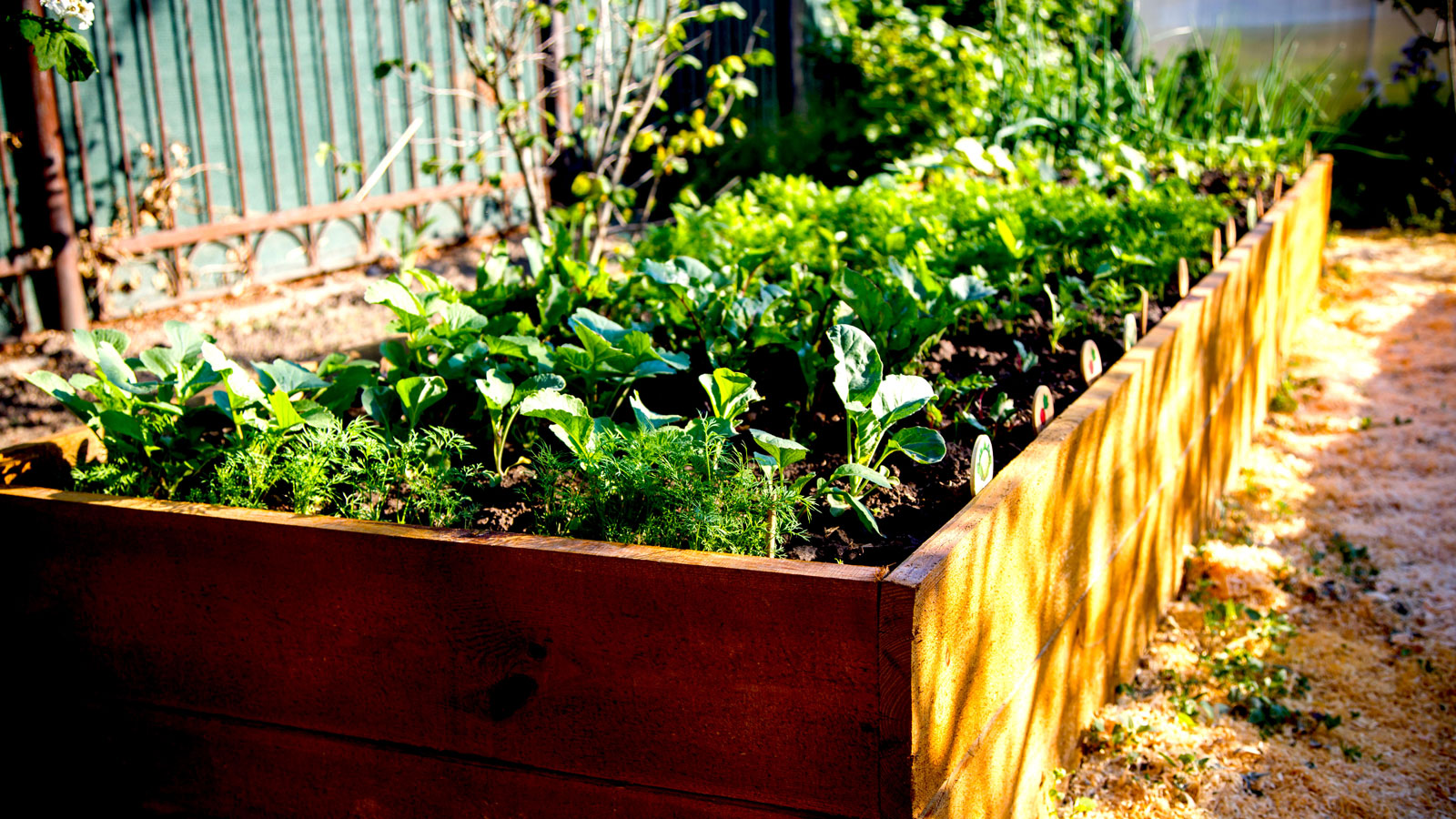
There are many materials that can be used to create raised beds, but a cedar raised garden bed has several benefits over other materials. For one thing, cedar raised beds are made of a natural material that helps them blend into the landscape versus cinder blocks or bricks. You can purchase a ready-made bed or if you’re a little bit handy, create a DIY raised garden bed using cedar. If you’re interested in raised beds, keep reading to find out why a cedar-raised bed garden might be the right choice for you.
Is Cedar Good for Raised Beds?
There are many materials that can be used to create a raised bed, and these can often be reclaimed or repurposed raised garden beds , but a cedar raised bed raises the aesthetic bar a bit over pallets, cinder blocks or straw bales.
Not only is cedar an aesthetically pleasing choice for a raised bed, but it contains natural oils and tannins that make it naturally rot-resistant. This means that the bed will last longer than other types of wood, unless it is pressure treated.
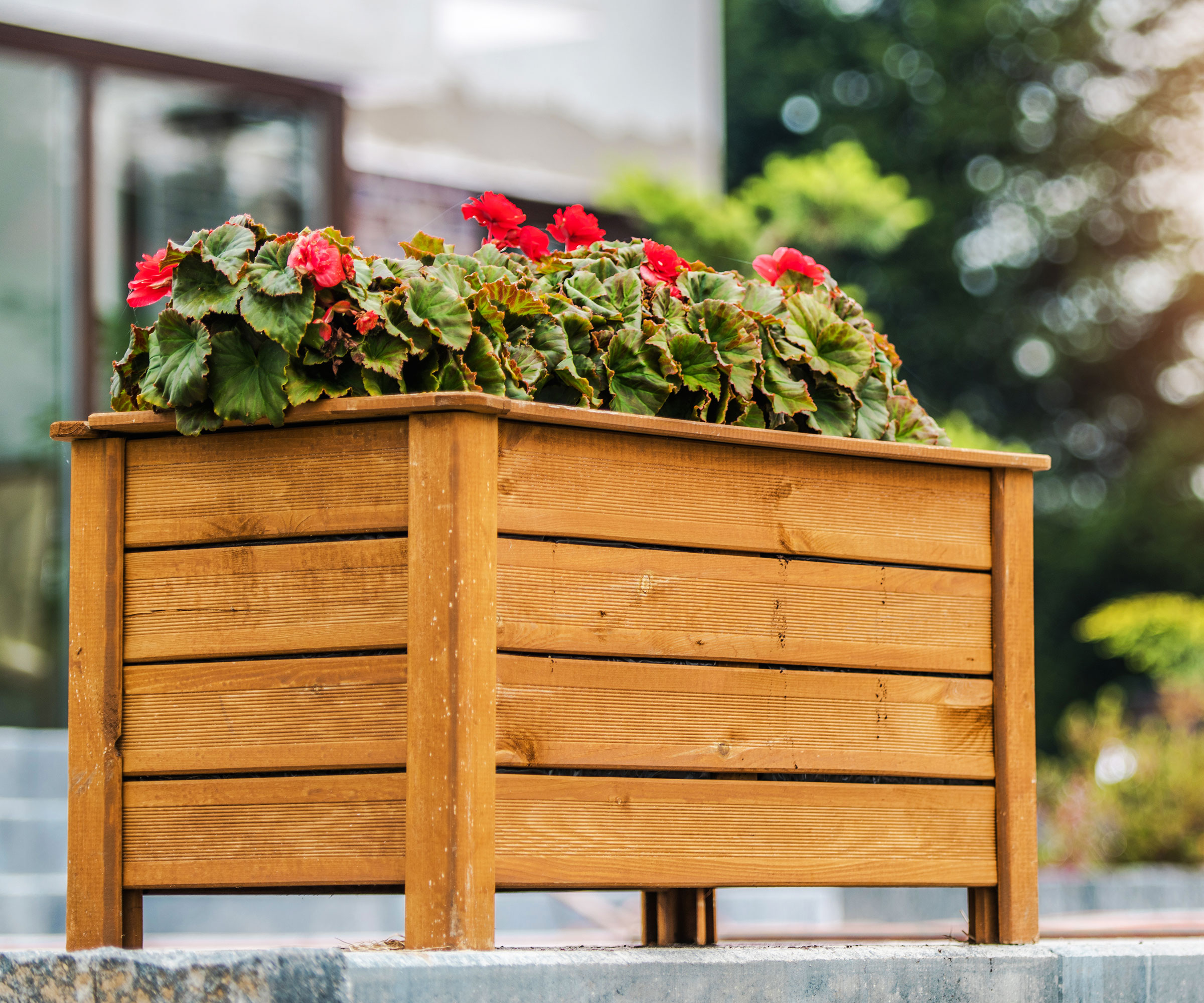
How Long Will Cedar Last?
So exactly how long will cedar last as a raised bed? This depends on whether the wood has been treated or untreated. Untreated cedar can last for well over 10 years, while other untreated woods will degrade within three-five years.
By way of comparison, pressure-treated wood can last 10-40 years, depending upon the type of wood. However, chemicals are often used in the treatment process, which means there’s a possibility those chemicals can leach into the soil.
Best Types of Cedar for Raised Beds
While cedar does naturally provide rot resistance, not every part of the tree offers the same amount of protection. Make sure you are using the best parts of the cedar before you start your raised bed project. The heartwood offers the most rot resistance as compared to the sapwood.
That said, if you reckon your raised garden bed ideas will be well suited to cedar, you might be surprised to discover you have a choice. There are two main options when deciding which type of cedar to source for your DIY cedar raised garden bed – Eastern red cedar or West Coast cedar:
Gardening tips, videos, info and more delivered right to your inbox!
Sign up for the Gardening Know How newsletter today and receive a free copy of our e-book "How to Grow Delicious Tomatoes".
- Eastern red cedar (Juniperus virginiana) is highly rot-resistant, but the wood is quite dense and thus difficult to work with. This type of cedar is also grown commercially and can be difficult and expensive to source.
- West Coast cedar (Thuja plicata) is much easier to find and work with. That said, it is prone to splitting if you attempt to use wood screws without pre-drilling.
The other downside to using West Coast cedar is the lack of sustainability it offers. Also, since it is sourced on the west coast, if you want to use it on the east coast, the cost skyrockets due to shipping prices. It is also less rot-resistant than Eastern red.

Building Cedar Raised Beds – Getting Started
Cedar can be expensive. To save money, look for a lumber yard that has discounted decking lumber. This will be cedar that may have holes or is cracked, but is still adequate for your raised bed and can save you tons of money. Try these tips, too:
- Once your cedar is cut and ready for assembly, don’t forget to pre-drill holes (pilot holes) before screwing the pieces together. If you forget, the lumber may split.
- Use metal brackets to join the pieces together. If you intend to place a cap, use a 4x4 instead of 2x2 for the corner supports.
- Line the site of the bed with a weed barrier fabric before assembling the raised cedar bed on top.
- You should also line the floor of the bed with cardboard, then fill in with a raised bedding medium.
Is Cedar Right For Your Raised Bed Project?
As we have explained, cedar is one of the most aesthetically pleasing woods to use for DIY raised bed projects. Its naturally occurring oils and tannins are great for ensuring a level of longevity. That said, there is still the risk of weathering if exposed to extreme temperatures – so depending on where you live, this could be an issue.
You also have to factor in the amount of space you have in your garden. Depending on the scope of your raised bed, cedar may be a step too far. For situations where cedar cannot be easily accommodated, you might prefer to try a bespoke metal raised bed option. You can purchase modular raised bed kits from Vego Garden that are sustainable, flexible, stand the test of time, and conveniently fit the shape and size of your garden.
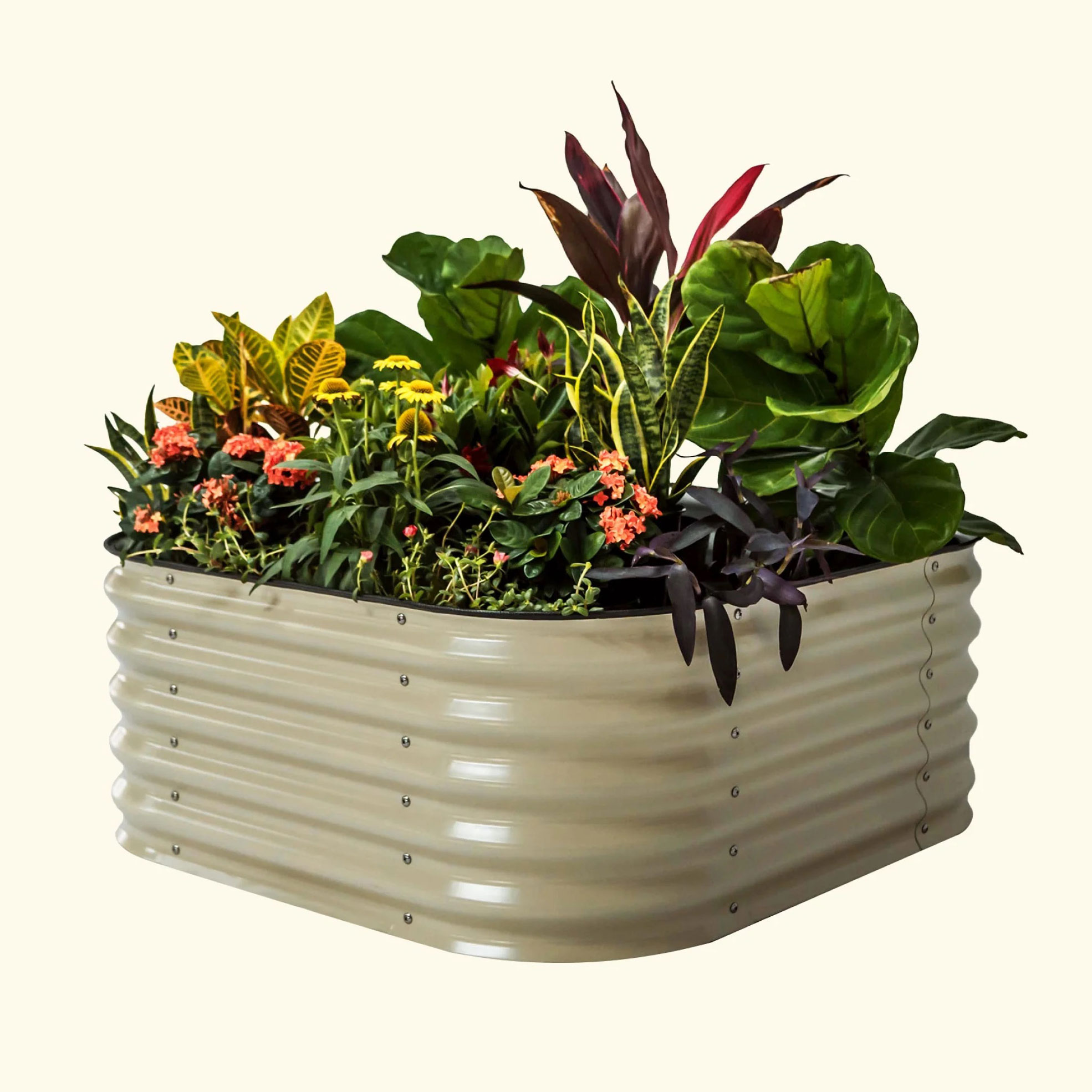
This kit from Vego Garden can be assembled to the size and shape that perfectly fits your space. It’s ideal for compact yards, or situations where you can’t source something naturally yet still want an attractive, resilient option.
This article features products available from third-party vendors on the Gardening Know How Shop.

Amy Grant has been gardening for 30 years and writing for 15. A professional chef and caterer, Amy's area of expertise is culinary gardening.
-
 Looking For Plants To Give You The Soft And Fuzzies? Try These 5 Fuzzy Leaf Plant Options
Looking For Plants To Give You The Soft And Fuzzies? Try These 5 Fuzzy Leaf Plant OptionsLovers of texture, drama, silver foliage and tactile plants will adore these special sensory garden additions. These fuzzy leaf plant options will leave you all aglow
By Susan Albert
-
 Get Ready For A Summer Of Hummers! Grow These Full Sun Hummingbird Plants and Flowers
Get Ready For A Summer Of Hummers! Grow These Full Sun Hummingbird Plants and FlowersIf you’re lucky enough to enjoy a sunny backyard, make sure you are maxing out on your pollinator opportunities and grow these full sun hummingbird plants and flowers
By Tonya Barnett
-
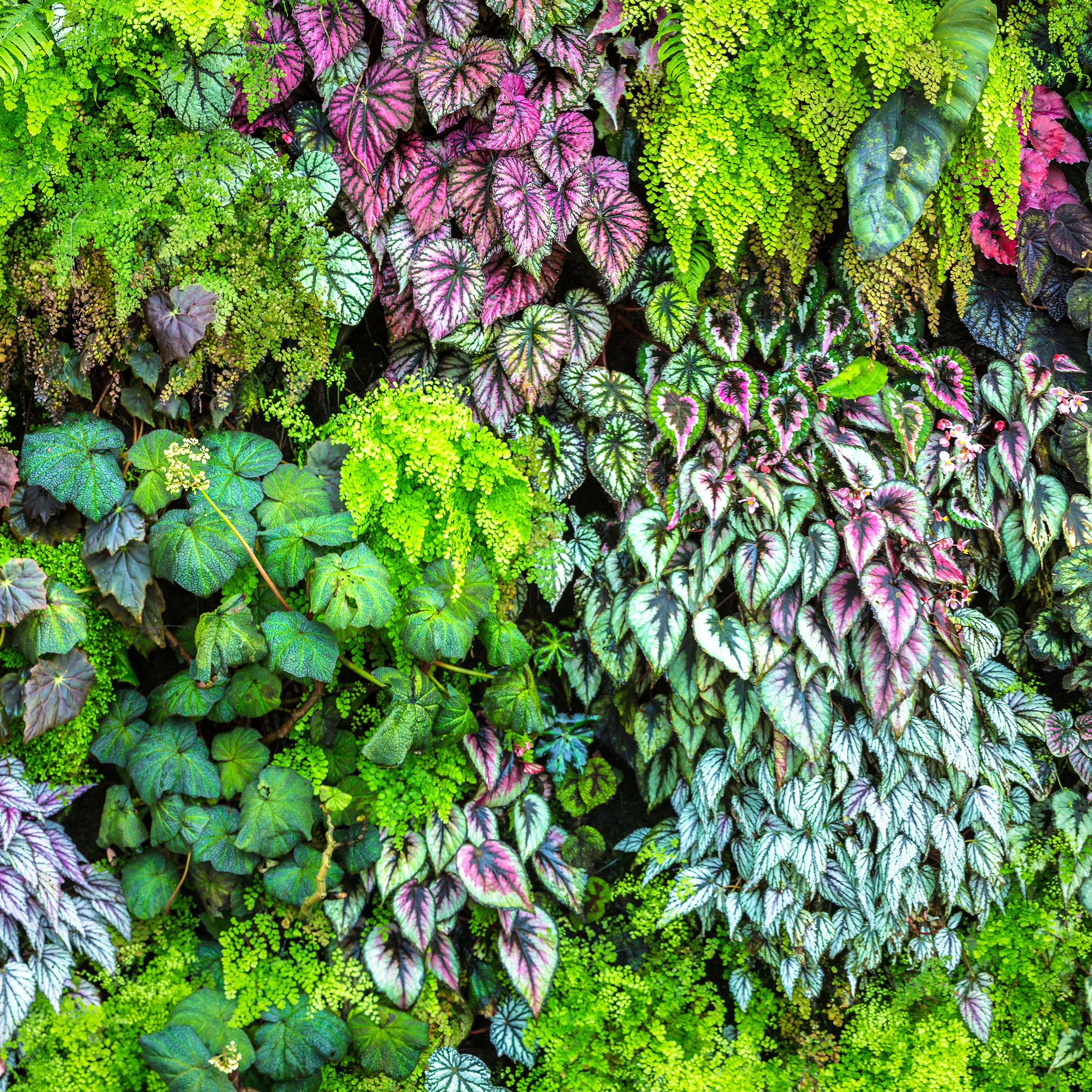 Easy Vertical Gardening Hacks For Beginners: Why You Should Grow Up, And 3 Ways To Do It!
Easy Vertical Gardening Hacks For Beginners: Why You Should Grow Up, And 3 Ways To Do It!If you’re short on space or keen to make the most of every inch, vertical gardening is the way to grow. We explain how to plan & plant up with three easy building methods
By Teo Spengler
-
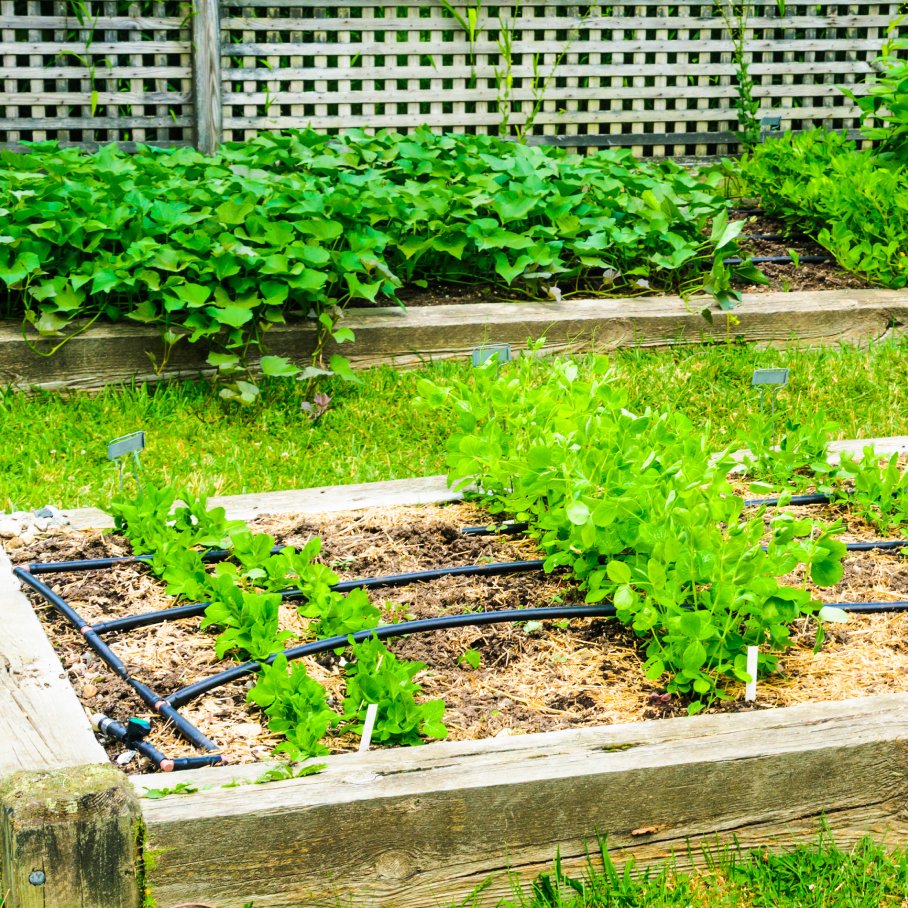 Use Drip Irrigation For Raised Beds To Grow More With Less
Use Drip Irrigation For Raised Beds To Grow More With LessInstall a drip irrigation system directly into your raised bed to keep plants lush while saving on water.
By Teo Spengler
-
 Why You Should Try A Raised Garden Bed With A Trellis – Plus, Beautiful Design Ideas
Why You Should Try A Raised Garden Bed With A Trellis – Plus, Beautiful Design IdeasAdding a trellis to your raised garden bed expands your growing space by leaps and bounds. Raise your raised bed to new heights!
By Amy Grant
-
 The Best Wood For Raised Garden Beds: Selecting The Right One For Your Gardening Project
The Best Wood For Raised Garden Beds: Selecting The Right One For Your Gardening ProjectThe best wood for raised garden beds varies in terms of durability and availability, but most importantly, it needs to be untreated. Learn about the best ones to use.
By Mary Ellen Ellis